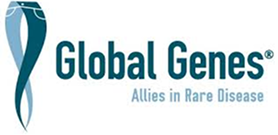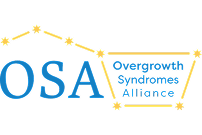A Shared Commitment to Find Answers
We still have urgent questions remaining about Tatton Brown Rahman Syndrome (TBRS):
How does TBRS affect different systems of the body?
What clinical guidelines are most effective?
Are there interventions that work better for TBRS?
What pathways can lead us to therapies
At the TBRS Community, we believe that progress starts with partnership. We invite patients, families, and researchers to be part of the discovery process together.

Our Approach to Patient-Centered Research
We prioritize the voices of those living with TBRS. Through our Patient Priorities Survey, we identify what matters most to families and share those priorities with the scientific community. To support these goals, we’ve developed a Research Toolbox with valuable resources for advancing TBRS science.
TBRS Community Research Roadmap
Launched in 2021 in collaboration with the National Organization for Rare Disorders (NORD), our Patient Registry is a secure, global database collecting health and diagnostic information from individuals with TBRS and related DNMT3A conditions.
The registry functions as a natural history study, meaning it tracks symptoms over time to better understand the evolution of TBRS.

What We’ve Learned So Far:
There are over 90 known DNMT3A variants that cause TBRS
Nearly 50% of participants experience seizures
Over 50% report cardiac involvement
Mouse Models
Several DNMT3A / TBRS mouse models are available for research use. Below are currently available models, related publications, and contact details:





